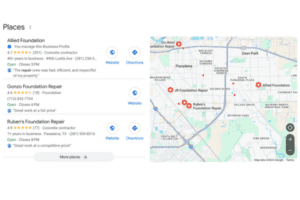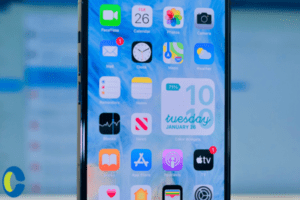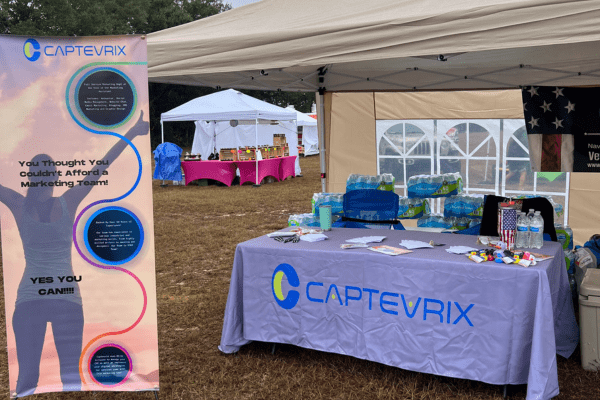Millennials are those with birth years between 1981 and 1996. The generation covers a broad range that includes a lot of positive and negative stereotypes, so many may argue it should be split into different generations.
For example, those of us born in the early part of the range, from around 1981 – 1987, were familiar with “pre-modern technology” life. This part of the generation didn’t have cell phones (or parents with cell phones) until around high school or later, so we knew what it was like to talk on a phone connected to a wall – and answer it without knowing who is calling (gasp!). We were disconnected from the phone-world if we were out and about, unless you were near a payphone. We couldn’t Google things at the drop of a dime. Physical encyclopedias and dictionaries were our best friends. We developed film when we wanted to see our pictures, and we certainly didn’t have a timeline to post them to until much later.
We are a generation that experienced it both ways. But no matter what way you look at it, millennials as a whole have had these newer technologies for the majority of their lives. So why do we want to market to millennials? And how?
Why Do We Want to Market to Millennials?
Millennials have just surpassed baby boomers in numbers. At the current time, in 2020, this generation ranges in age from 25 – 39. This age range is where the consumers are.
We are buying houses, electronics, appliances, hiring and signing up for services, and making decisions. Many millennials are even making the buying decisions for our parents or grandparents. This makes us a very important generation to be marketing to.
How Is Marketing to Millennials Different?
Technology is ours. We were “born and raised” with it. Google is like a sibling we grew up with. It was born in 1998, and we embraced it. We were all at the age where it was new and exciting, where most older generations resisted. But with siblings, comes sibling rivalry. We don’t always love what modern technology has to offer. And one of the things we’ve grown to despise is invasive digital advertising.
Millennials don’t welcome the “in-your-face” marketing strategies of older generations. Advertisements to us are annoyances – unless they’re completely relevant. We live in a world of pop-up blockers, commercial-free satellite radio, DVR and Netflix. Heck, last time I saw a newspaper, we borrowed it from an elderly gentleman to line the table for our seafood boil. So how do you market your business then?
Inbound Marketing Is The Answer
Millennials want to come to YOU when they need your products or services. They don’t want YOU to come to THEM. That’s invasive. Inbound marketing is defined as, “a business methodology that attracts customers by creating valuable content and experiences tailored to them. While outbound marketing interrupts your audience with content they don’t always want, inbound marketing forms connections they are looking for and solves problems they already have.”
The key to this definition is the connections. Offering relevant content, like in blogs, emails and social media posts, allows your potential millennial audience to view you as a source of knowledge and expertise. Once you’ve displayed that you are a great source of information, you can then convert someone who was browsing for information into a customer.
Here’s an example. Let’s say Millennial Molly is selling her home and is searching for ways to improve her landscape design to attract buyers and create better listing photos. In her search, she stumbles across your website because you have a blog titled, “Top 10 Flowers That Add Instant Curb Appeal”. She reads through this blog, and finds the information really helpful. And guess what? You sell flowers. Perfect. Molly now sees your company as helpful and knowledgeable, and gives you a call and places an order. This is inbound marketing.


Millennial Molly came to you in search of information to solve a problem she already had. You didn’t advertise to her, you just gave her what she needed. In turn, she formed a connection with you and converted to a customer.
In summary, the most important thing you can do for your marketing strategy when trying to target millennials is to create a good content marketing plan and follow the ideals of inbound marketing. Your plan should include social media, emails and blogs. Once you fully understand inbound marketing, you’ll be able to reach millennials in the way we want to be reached, and in turn create more customers for your business.















